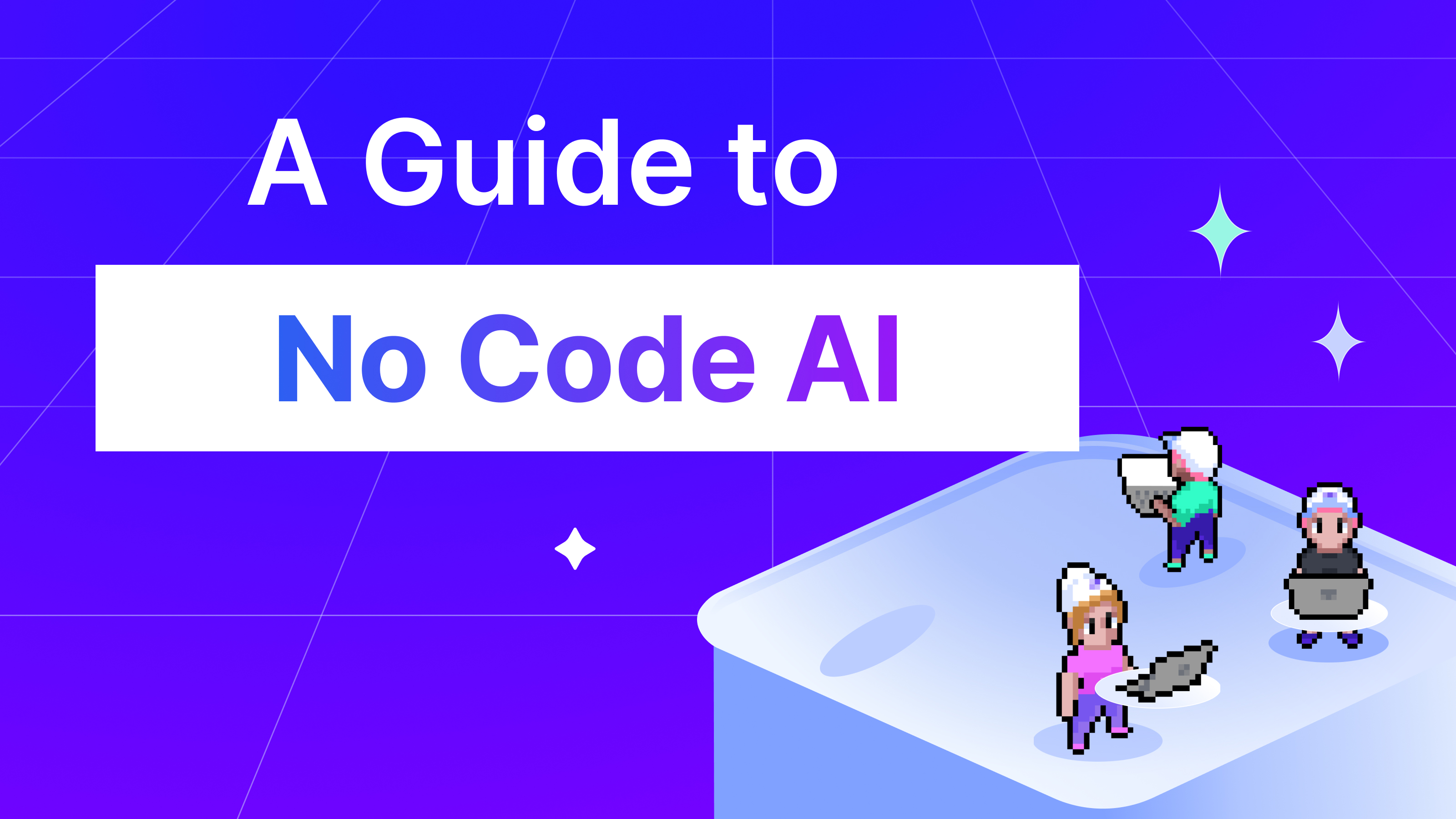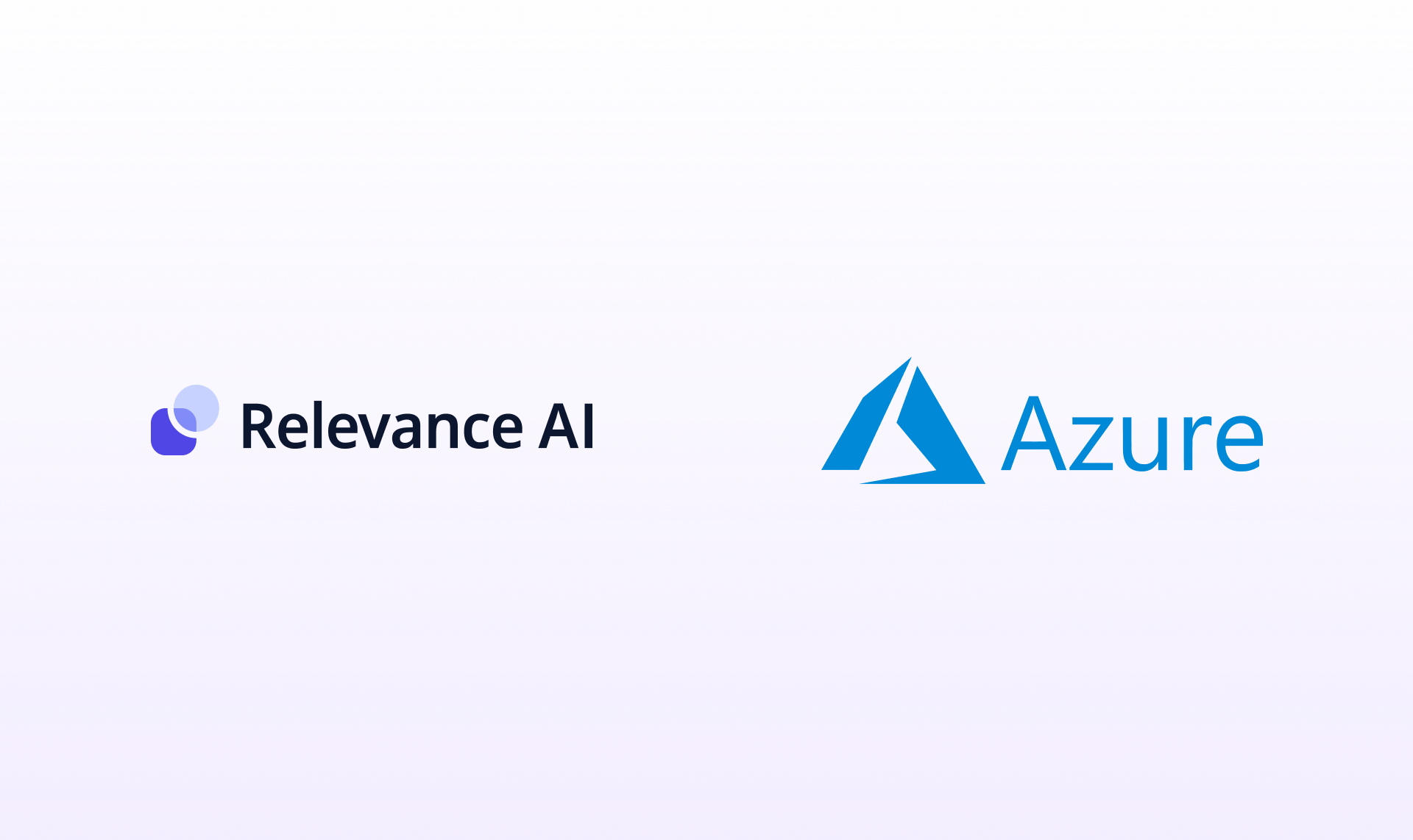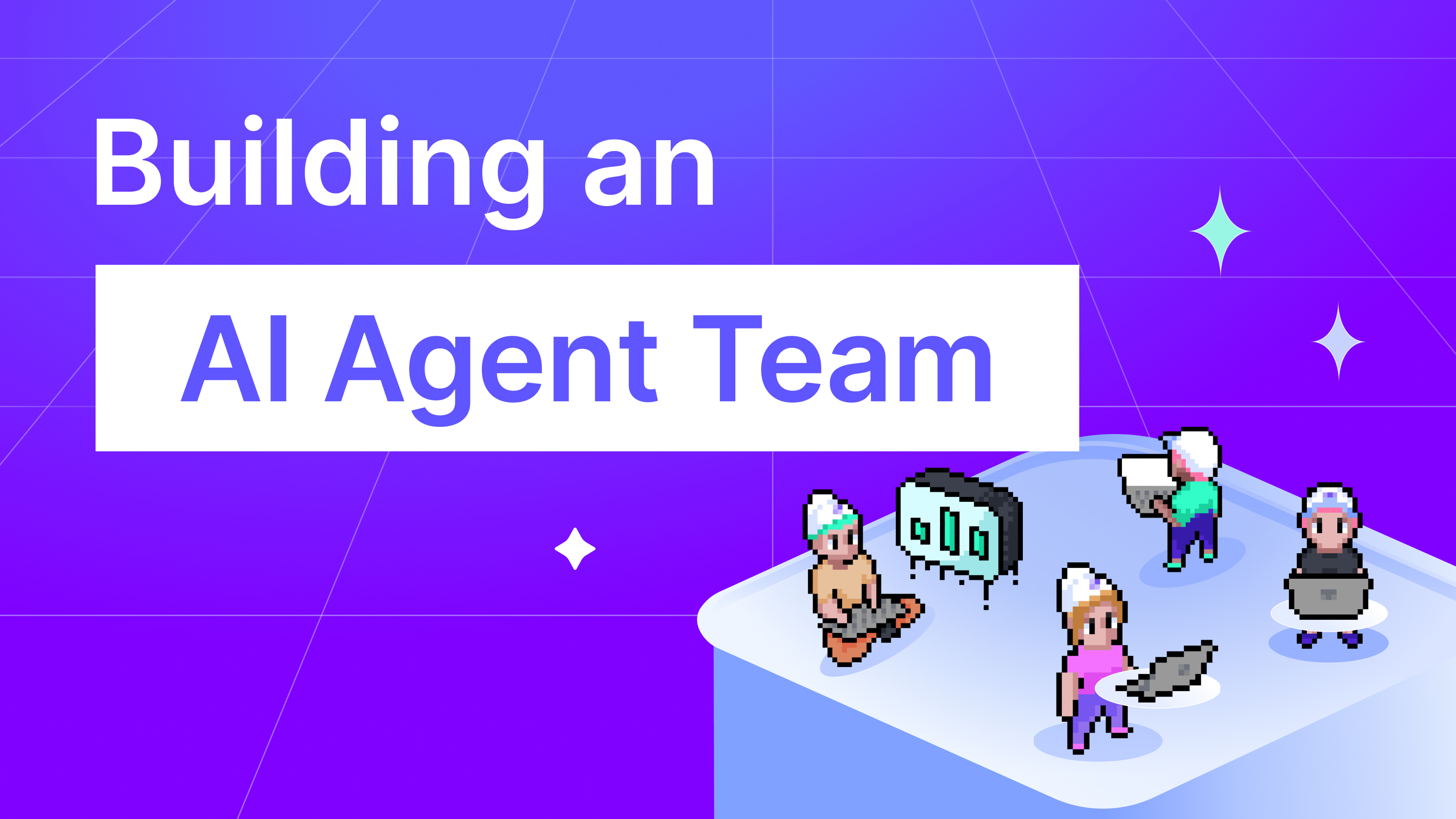
Artificial intelligence (AI) has transformational potential across industries, offering capabilities like predictive analytics, computer vision, and natural language processing. However, specialized skills are required to develop and implement AI solutions, limiting adoption mainly to large tech firms. This is now changing with the emergence of no-code AI platforms.
What is No-Code AI?
No-code AI refers to platforms that allow non-technical users to build AI applications through intuitive visual interfaces, without needing to write any code (Pulijala). As described by Stack Overflow CTO Jody Bailey, "No-code/low-code (NCLC) AI tools are essentially any tools that allow automation of coding efforts through plug-and-play or drag-and-drop UI" (Pulijala).
These platforms democratize AI by eliminating the coding complexities traditionally required for developing machine learning models. With no-code AI, users can simply drag, drop, and configure AI model building blocks through a graphical interface to solve specific business problems.
The Importance of No-Code AI
Wider adoption of AI has been constrained by the limited talent pool capable of developing AI solutions. Large tech firms are absorbing 60% of AI talent, leaving smaller companies reliant on citizen data scientists with limited capabilities (Research.aimultiple.com).
No-code AI solutions address this by reducing the specialized skills and effort required to implement AI. This provides several key benefits:
- Increased Accessibility of AI: No-code AI opens up AI capabilities to non-technical users, allowing a much broader range of people across organizations to harness the power of AI (Law).
- Faster Development of AI Solutions: Whereas developing custom AI solutions can take months for data scientists, no-code AI platforms reduce this to minutes or hours (Research.aimultiple.com). This improved efficiency allows for quicker experimentation.
- Cost Savings: The easy accessibility of no-code solutions significantly reduces the cost of AI adoption for resource-constrained teams, making AI viable for smaller companies (HBR).
- Collaboration Across Teams: No-code facilitates collaboration opportunities between technical AI experts and non-technical domain experts to solve business problems (Ataee).
Key Benefits of No-Code AI
Adopting no-code AI delivers significant benefits for both technical AI developers and business users:
For Business Users
- Empowers citizen developers to build AI solutions
- Addresses talent shortage for technical AI skills
- Speeds up development process
- Allows experimentation on AI prototypes faster
- Enables domain experts to directly apply AI to business problems
For AI Developers
- Accelerates development process
- Allows faster iteration of models
- Enables collaboration with domain experts
- Complements custom coding for complex models
- Creates standardized components for reuse
Categories of No-Code AI Tools
No-code AI platforms can be categorized based on the type of data they are applied to (Ataee):
- Computer Vision Platforms: Allow machines to obtain information from images, video, PDFs and other visual data sources to take informed actions. Example: Lobe.ai (acquired by Microsoft)
- NLP Platforms: Empower machines to understand and process written and spoken language (e.g. text, voice data). Example: MonkeyLearn
- General-Purpose Platforms: Provide an integrated suite of no-code AI capabilities like computer vision, NLP, predictive analytics, AI Agent building that can be applied to diverse use cases.
Of these, general-purpose no-code AI platforms have the most potential to enable widespread AI adoption across industries. Their versatility across different types of data and use cases makes them the most flexible and impactful.
Real-World Applications of No-Code AI
No-code AI platforms are gaining rapid traction by providing easy AI capabilities for common business use cases:
Process Automation: Automating repetitive, high-volume manual tasks in areas like document processing, customer service, HR. Example: Using optical character recognition and natural language processing for invoice processing.
- Analytics and Reporting: Identifying trends and insights from data. Sales analytics based on historical transactions data.
- Computer Vision: Extracting information from images and video. Example: Monitoring manufacturing quality through defect detection in images.
- Predictive Modeling: Forecasting future outcomes based on historical data. Example: Predicting customer churn.
- Knowledge Discovery: Surfacing patterns and insights from unstructured text data like customer feedback.
The rapid time-to-value is resulting in wide adoption of no-code AI across functions like operations, customer service, marketing, and finance. The global no-code AI platform market size is predicted to reach $17.5 billion by 2030 (Law).
No-code AI platforms have also delivered high-value applications across functions. For example:
Marketing & Sales
- Sentiment analysis - Analyze customer surveys, support tickets, social media
- Lead scoring - Identify and rank promising sales prospects
- Document analysis - Extract data from contracts to accelerate deal flow
Operations & Manufacturing
- Predictive maintenance - Forecast equipment failures and maintenance needs
- Anomaly detection - Identify defects and outliers in production
- Document analysis - Automate data entry from invoices, shipping manifests
Human Resources
- Candidate screening - Review resumes and rank applicants automatically
- Employee churn prediction - Model likelihood of attrition risk
- Policy compliance - Monitor emails and internal communications for policy violations
Key Differences from AutoML
No-code AI is related to, but distinct from, AutoML solutions like DataRobot and H2O Driverless AI. While both minimize coding requirements, there are some key differences (Research.aimultiple.com):
User Persona
- AutoML: Targets AI/ML practitioners like data scientists to help increase their productivity
- No-Code AI: Enables non-technical business users to build solutions
Transparency & Control
- AutoML: Provides full visibility into the ML model building process for tuning by data scientists
- No-Code AI: Abstracts away technical complexity for ease-of-use over customizability
Learning Curve
- AutoML: Requires some ML expertise to leverage most effectively
- No-Code AI: Nearly zero learning curve for beginners
In summary, AutoML makes AI engineers more efficient, while no-code AI makes AI accessible to non-experts. The two can work synergistically - AutoML to build the core models and no-code AI to apply them - together democratizing AI across skill levels in organizations.
Challenges with No-Code AI
While no-code AI massively expands access to AI capabilities, the technology does come with some limitations to consider (Bailey):
- Customizability: No-code solutions sacrifice full control and customizability available with traditional coding approaches, particularly for more complex use cases.
- Learning Curve: While no-code platforms are intuitive, some tools still require training, especially for non-technical users.
- Skill Gaps: No-code AI augments rather than replaces skilled AI talent who focus on tackling more advanced use cases.
- Data Challenges: No-code AI does not resolve problems with collecting, cleaning and labeling training data required for AI. Garbage in still equals garbage out.
So while no-code AI makes AI far more scalable across the enterprise, it works best when complemented by in-house AI skills and infrastructure.
The Future of No-Code AI
No-code AI removes the barriers for AI adoption across industries, allowing both technical and non-technical users to harness its capabilities. According to Gartner, by 2025, 70% of new applications developed by enterprises will use low-code or no-code technologies, up from less than 25% in 2020.
As no-code AI continues maturing, some key trends will shape its evolution:
- Democratization of AI: No-code AI will become widely accessible across industries, functions and user personas - the Excel of AI.
- Market Consolidation: The no-code landscape will consolidate towards integrated platforms providing a unified interface to access different AI capabilities.
- Enterprise Integration: Tighter integration with data and IT systems will allow no-code AI to scale across the enterprise technology stack.
- Automated Machine Learning: Automated model building capabilities will be incorporated into no-code AI platforms to simplify the process even further.
The democratization of AI is just getting started. No-code AI represents the next leap by putting simple yet powerful AI capabilities into the hands of everyone across organizations. This will ultimately transform how every business leverages AI. The future is no-code.









